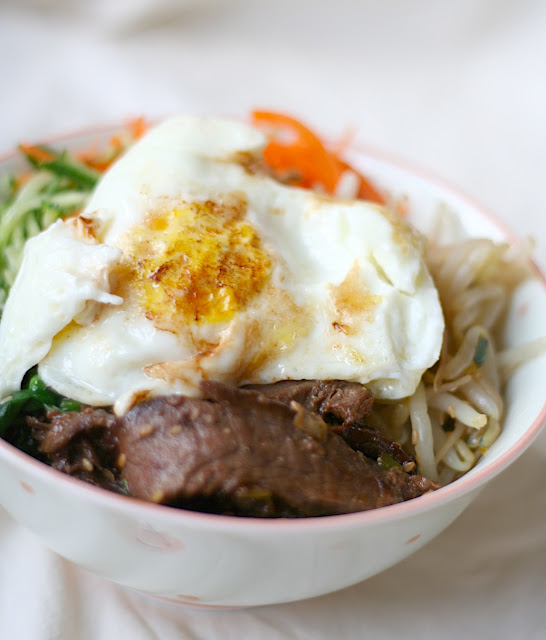About a month ago, we celebrated my husband's 29th birthday. And to my surprise, he asked for a lemon tart for his birthday dessert. Usually he asks for the cloyingly sweet, as much sugar in the form of caramel as possible desserts, but this time he wanted one of the few things my poor pregnant taste buds could stomach. LEMON! (come to think of it, maybe he was just being nice ...) And this tart, my friends, is as lemony as they come. And I was in heaven eating it.
Of course the key to a good lemon tart is the lemons. If you like a sweeter, rounder flavor, try it with meyer lemons. They are fantastic and tangeriney lemons. (Because they're actually a cross between tangerines and lemons) Ooooh, or even limes, if you want that slightly bitter aftertaste without sacrificing that bright citrusy punch. Yum! I even had a dream last night to use yuzu juice. Wow, what would that be like? I think I might have to try it now. A beautiful, delicate Japanese take on a French pastry. Whatever you do, use fresh fruit. This is not an appropriate application for pasteurized, bottled juice. I know I sound like a snob, but I promise it makes a big difference. Take the time to squeeze for yourself!
Lemon tart (from America's Test Kitchen)
makes 1 9-inch tart
for the crust: (this is a traditional tart crust, much crisper and less flaky than a pie crust)
1 large egg yolk
1 tablespoon heavy cream
1/2 teaspoon vanilla extract
1 1/4 cups all purpose flour
2/3 cups confectioner's sugar
1/4 teaspoon fine salt
8 tablespoons (1 stick) unsalted butter, cut into 1/4 inch pieces and chilled
- In a small bowl whisk together the egg yolk, cream, and vanilla extract. Process the four, sugar, and salt in the bowl of a food processor to aerate. Scatter the chilled butter pieces over the top and pulse until the mixture resembles coarse cornmeal, about 15~20 pulses.
- With the motor running, pour the egg mixture into the food processor through the feed tube until the dough just comes together around the blade.
- Turn the dough out onto a sheet of plastic wrap and flatten into a 6-inch disk. Wrap tightly and chill in the refrigerator for 1 hour. Before rolling out the dough, let it sit on the counter to soften just slightly, about 10 minutes.
- Roll the dough out to an 11-inch circle on a lightly floured surface and place it into a 9 inch tart pan. Make sure not to stretch the dough when fitting it into the pan.Set the tart pan on a large plate and freeze for 30 minutes.
- Adjust an oven rack to the middle position and preheat the oven to 375°F. Se the tart pan on a large baking sheet and press a layer of parchment paper and then foil into the tart shell over the edges of the pan and fill with pie weights. Bake until the tart shell is golden brown and set, about 30 minutes, rotating halfway through baking.
- Carefully remove pie weights and foil and continue baking the shell until it is fully baked and golden, about 10 minute longer. Transfer the baking sheet to a wire rack and let the shell cool slightly while making the lemon curd filling.
for the filling:
7 large egg yolks
2 large eggs
1 cup granulated sugar
2/3 cup fresh lemon juice (about 4 lemons)
pinch of salt
4 tablespoons (1/2 stick) unsalted butter, cut into 4 pieces
3 tablespoons heavy cream, chilled
- Whisk the egg yolks and eggs together in a medium saucepan. Whisk in the sugar until combined, then whisk in the lemon zest, lemon juice, and salt. Add the butter and cook over medium-low heat, stirring constantly, until the mixture thickens slightly and registers 170°F, about 5 minutes. Immediately pour the mixture through a fine-mesh strainer into a bowl and stir in the cream.
- Pour the lemon filling into the warm tart shell. Bake the tart on the baking sheet until the filling is shiny and opaque and the center jiggles slightly when shaken, 10 to 15 minutes. Let the tart cool completely on the baking sheet, about 1.5 hours.
- To serve, carefully remove the outer ring of the tart pan, then slide a thin metal spatula between the crust and the bottom of the pan and slide the tart onto a serving platter or cutting board. Serve plain, dusted with confectioner's sugar, or with some very lightly whipped (soft peaks) cream and fresh fruit.


















































